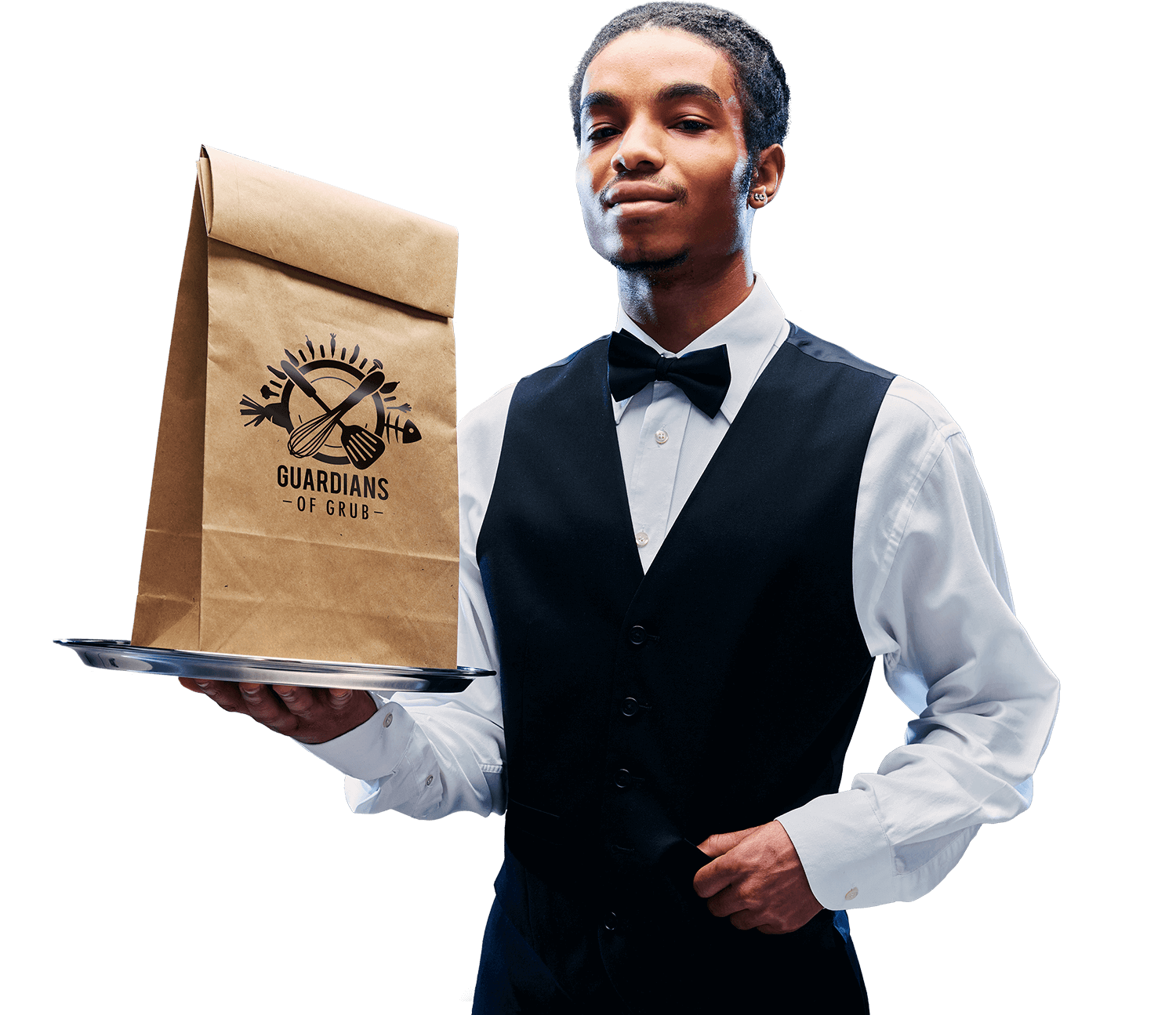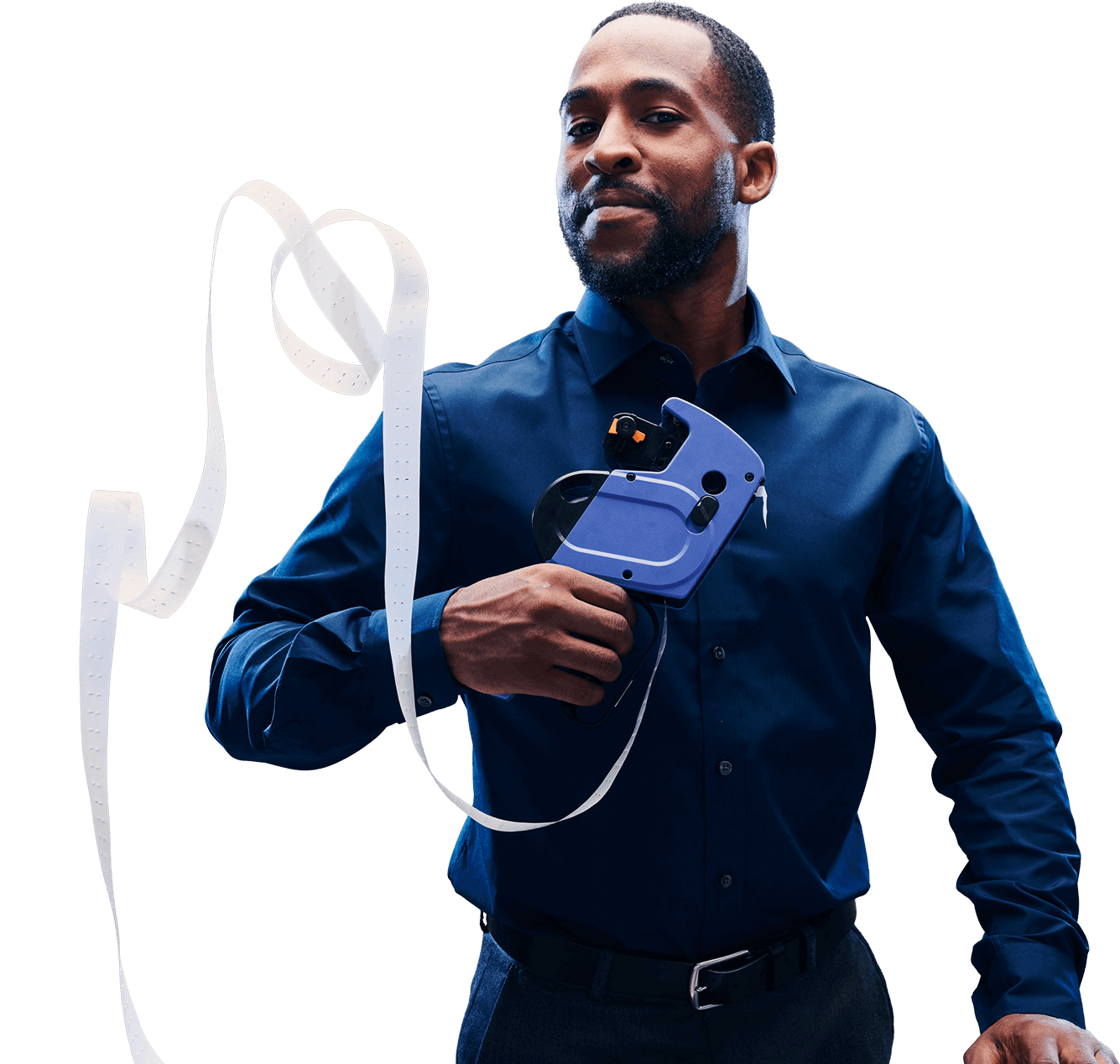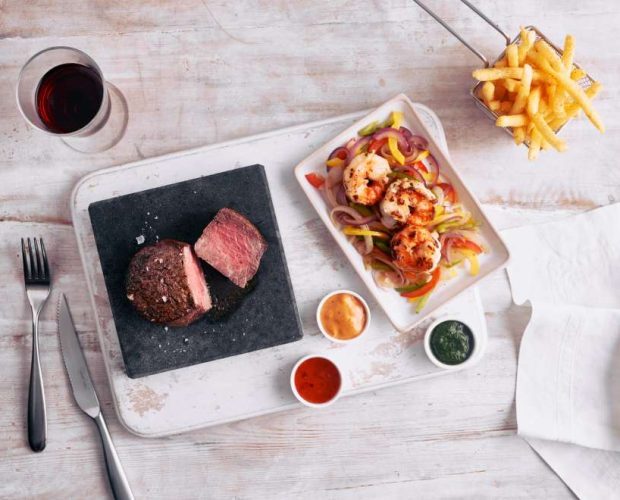P&O Cruises
From ship to shore, P&O Cruises is striving to be more sustainable and is working hard to find solutions that deliver a more positive impact – not just for today but for the long term.
They are exploring smart solutions to help minimise food waste without impacting the offering to guests. Daily monitoring of uneaten food helps identify areas for improvement contributing to a 38% reduction in food waste to date.

SUMMARY
P&O Cruises are exploring smart solutions to help minimise food waste without impacting the offering to guests.
Daily monitoring of uneaten food helps identify areas for improvement contributing to a 38% reduction in food waste to date.
They have publicly stated clear, progressive targets for food waste reduction compared with a 2019 baseline:
- By 2025: Achieve 40%-unit food waste reduction per person
- By 2030: Achieve 50%-unit food waste reduction per person
MONITORING AND MEASUREMENT
- The implementation of a daily weighing schedule in the galleys provides clear areas of focus for daily briefings.
- When you know what your food waste weights, it enables targeted conversations with relevant sections.
- Weighing ‘unusable’ items is an effective method for directing menu development and ingredient procurement.
- Weighing plate waste provides a focused awareness of dishes that might not be as popular with guests, which is a valuable tool in improving menu selections.
- Weighing production waste can determine the knife skills of some team members. Through training and sharing of best practice this leads to a more efficient, cost-effective successful operation.
TIP
- Hold a daily briefing with kitchen (galley) teams to remind them of the goals to food waste reduction.
- Weigh food waste daily – this enables focus areas to drive food waste down further.
- Weigh production waste and plate waste to help identify areas of improvement.

A daily weighing schedule and container to view what has been wasted is the greatest tool for gaining interest amongst the team.
Kirsty Arnold
Senior Manager Hotel Services & Environment
P&O Cruises
KEY LEARNINGS
When you have reliable data you can drive improvements, examples include:
- Collaboration with all teams both front and back of house.
- Competition between ships to reduce their food waste further.
- Awareness of everyone within teams of the importance of them ‘doing their bit’ to reduce food waste.
- Focus areas – butter, toast, jam and marmalade. Close monitoring during breakfast service helped reduce waste further.
IMPROVEMENTS MADE
- Creation of a data driven food waste dashboard enabled the ships to review areas of focus.
- A daily weighing schedule in various areas within galleys, provides areas of focus and targeted conversations with those sections.
- Weighing the ‘unusable’ items gives focus on menu preparation and the sourcing of ingredients.
- Weighing plate waste enables focus on menus and dishes that might not be as popular.
- Weighing production waste enables a focus on knife skills.
- Procurement of smaller dishes for buffet areas.
- Awareness of teams when replenishing items at the end of service.
- Awareness amongst our crew of Taking What They Want and Eating What They Take.
